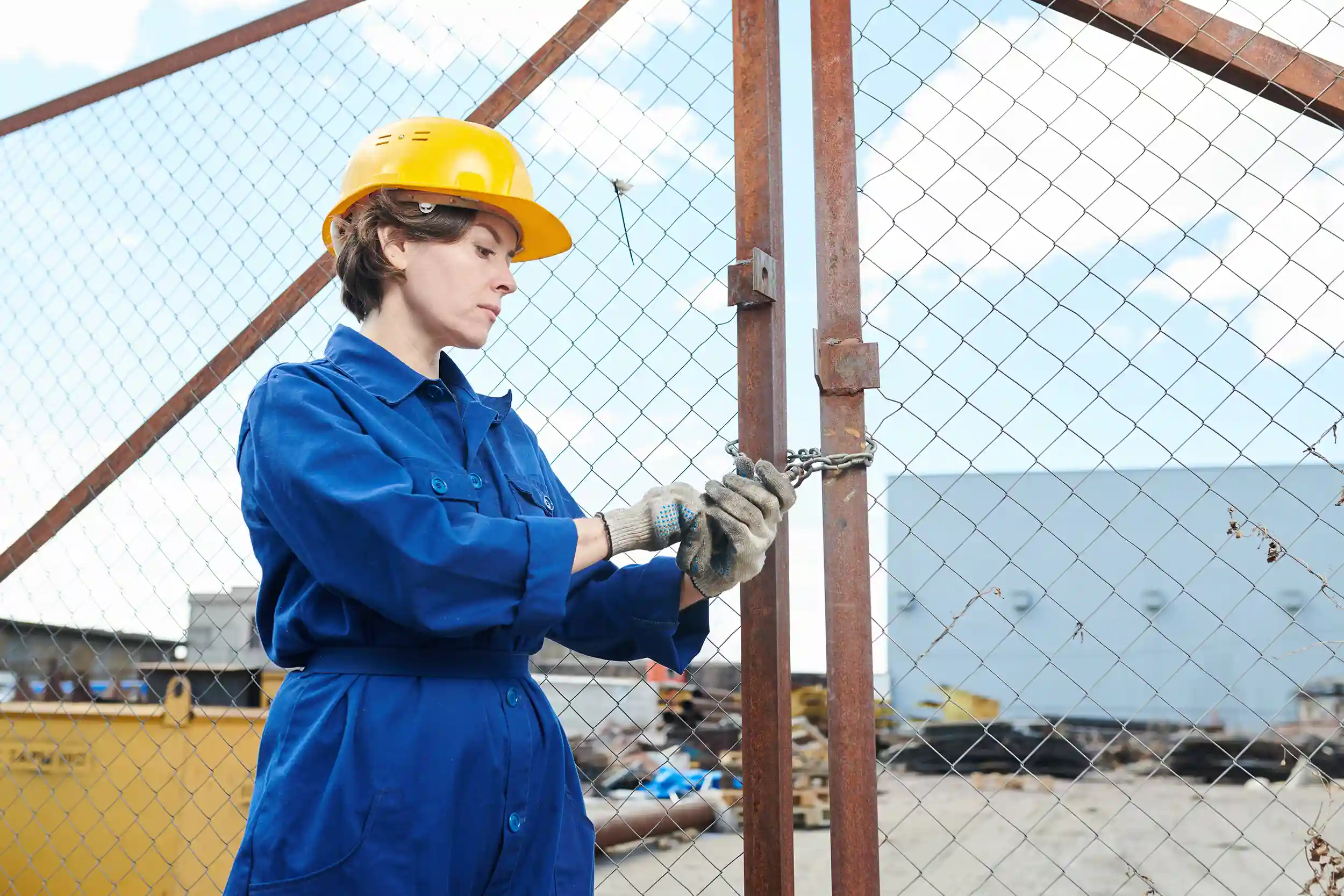
Theft of tools, equipment, vehicles and materials from the jobsite can be a very painful experience for all construction stakeholders. This pain is further exacerbated by the current supply chain issues in the overall economy and the inflationary pressure brought on by the supply chain crisis.
Further, it appears that theft is on the rise in the North American economy, brought on by several factors, including growing economic hardship, rising cost of goods and lack of supply chain efficiency. There is effectively a double hit to the construction sector as they deal with the fallout of supply chain issues and inflation. They now must deal with theft on the rise due to the fact there are supply chain issues and higher inflation.
Given theft is ever more painful within the current construction marketplace and appears to be on the rise due to a number of economic factors, there has never been a better time to go over your company’s strategies to manage construction jobsite theft. The following represent several sound strategies your firm can implement to manage theft risk on the jobsite and weather this current epidemic of thievery:
1. Theft Risk Assessment
If your company doesn’t already create project-specific theft risk assessments prior to and during project delivery, you should start. In these assessments, you should identify potential weaknesses in security on the jobsite, such as unsecured access points, inadequate lighting or lack of surveillance system. Further, you should assess where the valuable equipment is located on the jobsite and assess these specific areas of the site.
2. Develop a Site-Specific Security Plan
Using the output from the risk assessment, develop a clear and comprehensive site-specific security plan. Ensure this plan includes the following:
- Fencing and Signage – Have strong fencing around the perimeter of the jobsite. Additionally, prominent signage should be displayed that indicates the area is under surveillance and trespassers will be prosecuted.
- Access Strategy – Develop a controlled entry and exit system with secure access points. Have enough access points to ensure jobsite efficiency but don’t have too many to leave the site vulnerable to a break-in. Consider using some of the site access technology now available in the market to vet those seeking access to the site and tied into site monitoring technology.
- Adequate Lighting – Ensure the entire site has sufficient lighting to allow people and security systems clear visibility of potential thieves.
- Surveillance Systems – Install video surveillance systems strategically across the entire site ensuring vulnerable areas such as access points, high-value areas, and blind spots have digital visibility. Utilize high-quality cameras and advanced technology to ensure clear and quick warnings to prevent and mitigate theft.
- Inventory System – Ensure a robust inventory control system is implemented on the jobsite for all tools, equipment, materials and vehicles. Digital solutions are available to make this system user-friendly and easy to monitor.
3. Theft Prevention and Mitigation Training
Provide regular and comprehensive site security training to all stakeholders with access to the jobsite. Ensure all site personnel is trained to recognize suspicious behaviour, how to report incidents and provide appropriate security protocol. There are several digital training technologies in the market that can provide an ideal complement to in-person training to ensure continuous diligence on the site to prevent and mitigate theft.
4. Securing Valuables
Ensure awareness of measures required to secure valuable tools, equipment, materials and vehicles:
- Locks and alarm solutions
- Marking and tracking solutions (GPS and RFID tracking)
- Secure storage
5. Law Enforcement Partnership
Ensure you have a relationship established with local law enforcement to ensure a prompt and comprehensive response to theft scenarios.
6. Regular Site Audits
Ensure that site inspections and audits are executed on a regular basis to ensure best practices are being adhered to and to identify and treat any vulnerabilities.
7. Insurance Review
Ensure that insurances, both project and practice policies, are sufficient for theft risk. It isn’t only costly to replace the stolen item but also the impact those certain stolen items could have on the job schedule (indirect cost of theft).
8. Critical Tools, Equipment, Materials and Vehicles Assessment
Ensure that any stolen items that could impact scheduling are identified and create a recovery plan to ensure the replacement of those items is expedited, thus minimizing the impact on the job schedule.
Conclusion: Final Takeaway
With construction project theft on the rise and the impact of theft having even greater impacts on jobsite schedule, budget and overall profitability, it is imperative that the construction sector develops proactive theft risk management protocols like those outlined above.
Times are tough, and theft is a growing threat to the construction industry — put your firm and your construction partners in a position to minimize the impact of this growing risk.
Questions?
Contact:
David Bowcott
Managing Director
NFP Construction & Infrastructure
100 King Street | Suite 5140 | Toronto, Ontario M5X 1E1
P: 416 566 5973 | david.bowcott@nfp.com | nfp.com